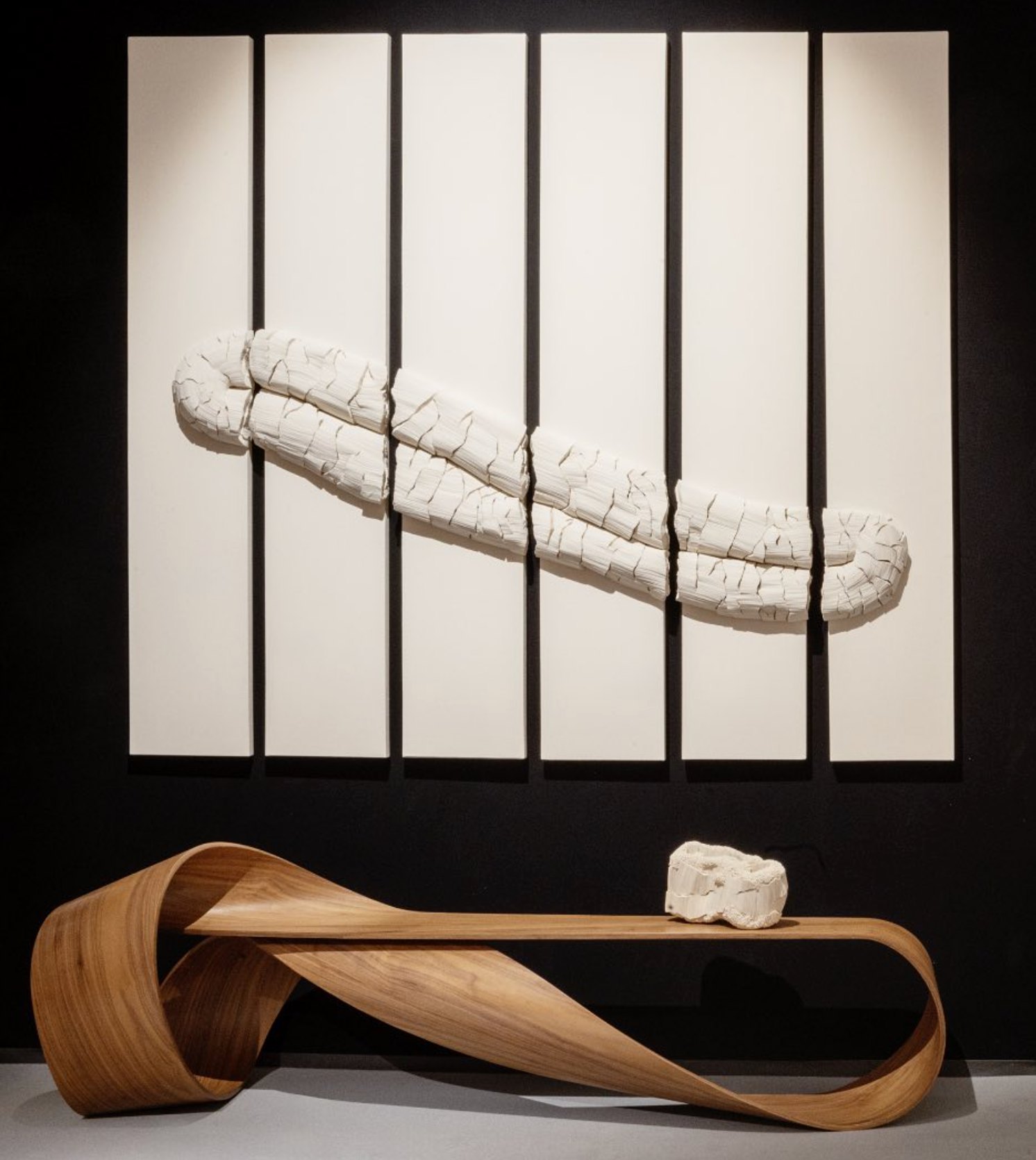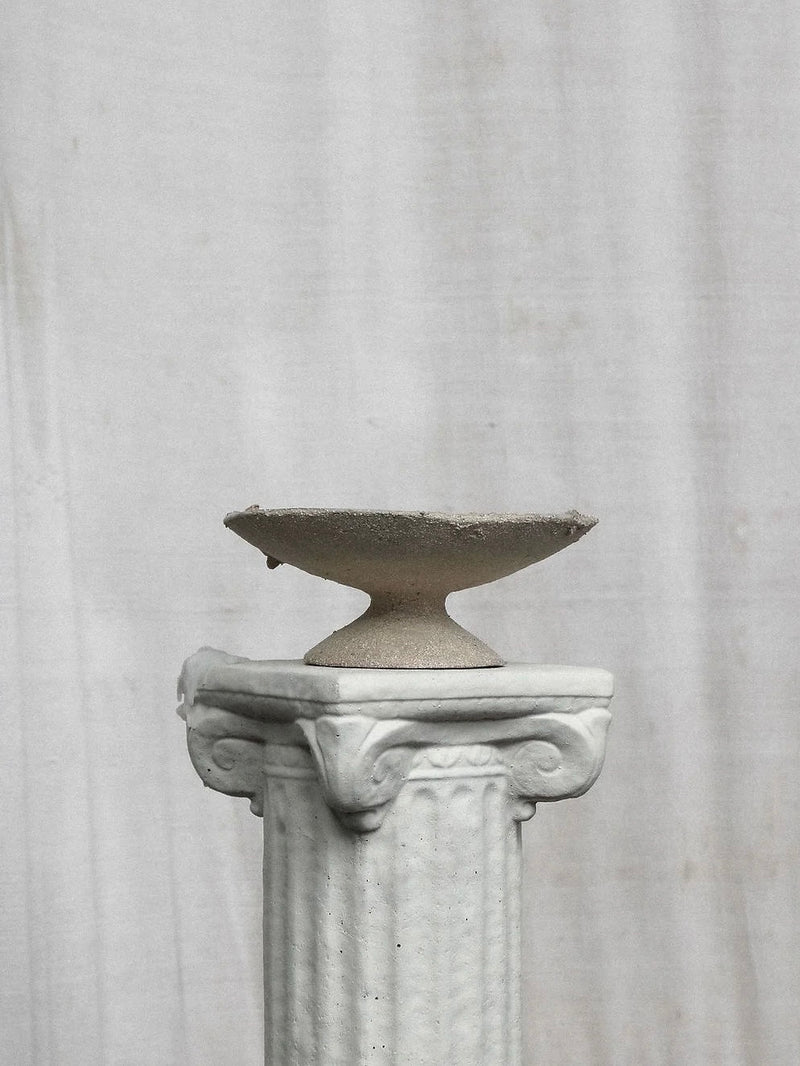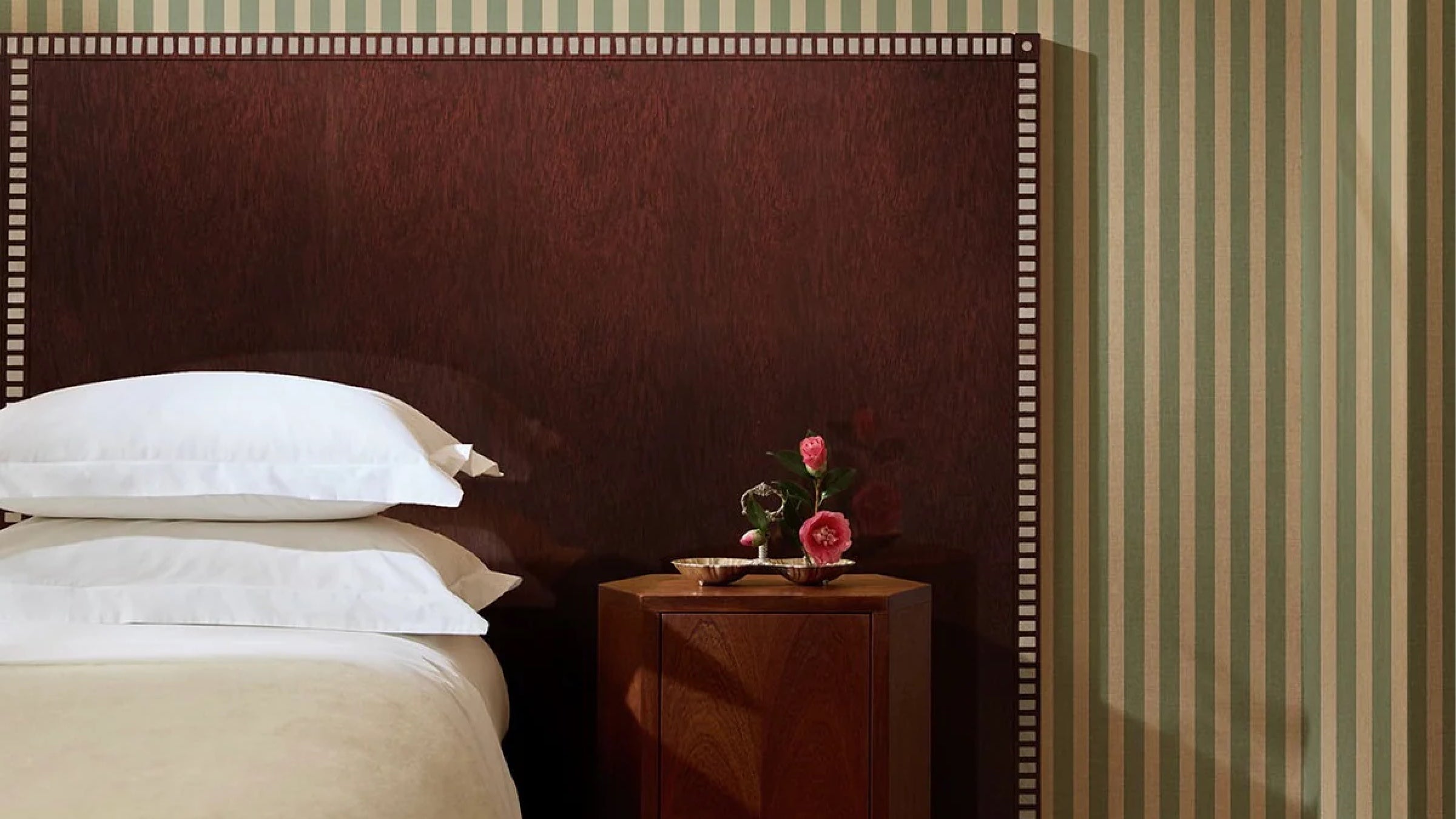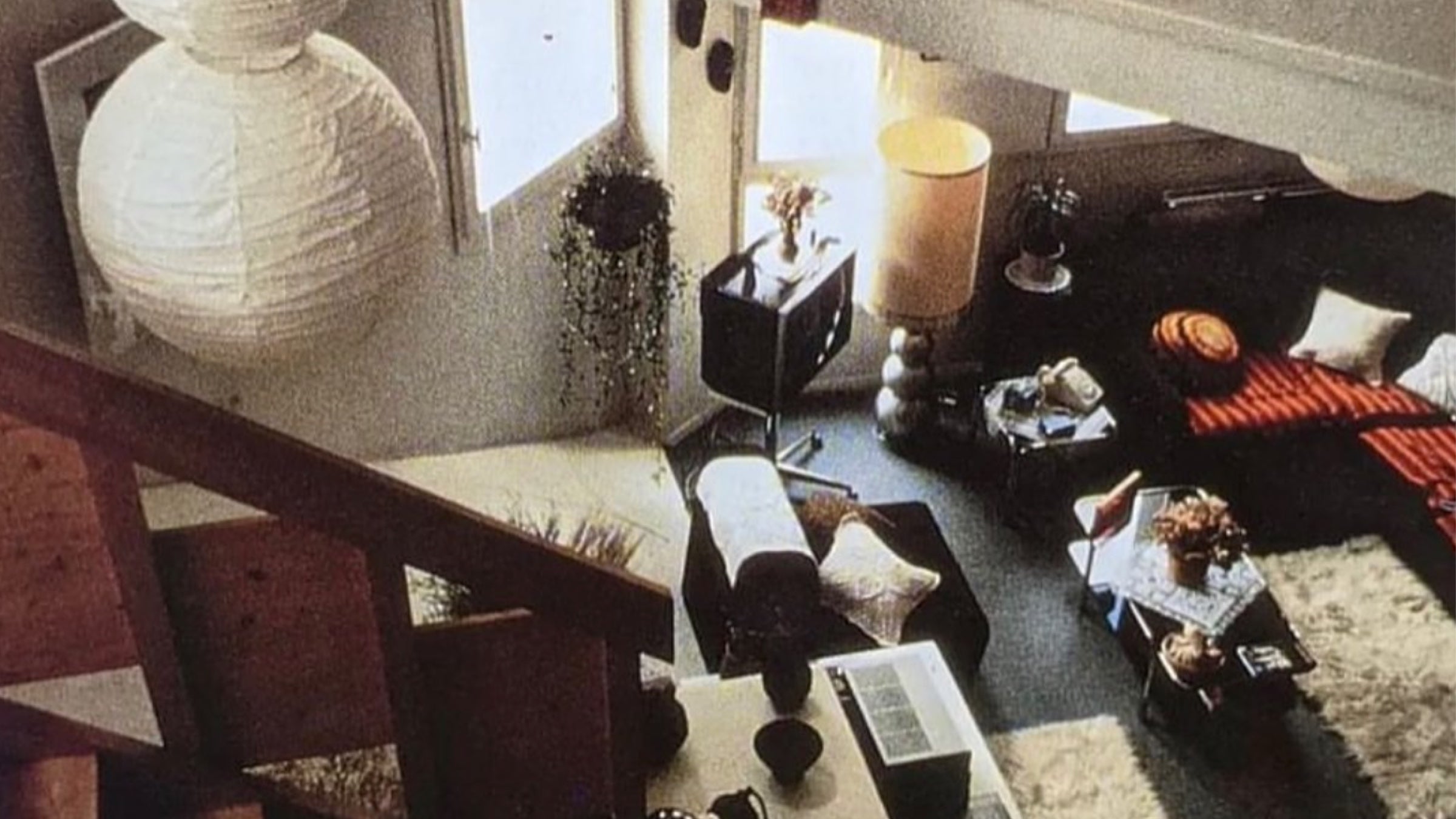What defines an emerging artist’s success in the competitive art industry? It isn’t just talent; it’s also about strategic self-promotion, portfolio craftsmanship, and robust networking. This article explores the crucial elements that contribute to the rise of an emerging artist, offering a roadmap to the recognition you aspire to gain.
Key Takeaways
-
An emerging artist is generally at the beginning of their career, facing challenges such as limited industry connections and the need for exposure, and can transition to established status through recognition and developing a unique artistic voice.
-
Strategic planning includes self-promotion, building a strong portfolio, and networking within the art industry, utilizing online platforms, participating in local art events, and leveraging social media to gain visibility.
-
Emerging artists must navigate the competitive gallery scene, build relationships with collectors, and keep abreast with industry trends, while balancing art and commerce, to progress in their careers and maintain their creative integrity.
Defining the Emerging Artist

As an emerging artist, it's crucial to have a plan in place to promote yourself and your work. Building a strong portfolio that showcases your unique style and artistic voice is essential. This will help you stand out among
An emerging artist can be viewed as a budding talent at the early stage of their career. They’ve caught the attention of an art critic or a gallery but are yet to solidify their reputation among critics, buyers, and galleries. They are generally in the early stages of their careers, often still in art school or shortly after graduation. The pricing of their work usually ranges from $50 to $5000, reflecting their burgeoning status in the art world.
However, the path to recognition is not without hurdles. Emerging artists often face difficulties such as limited industry connections, scarce funding and resources, and hurdles in discovering opportunities for exposure and sales. Yet, with determination and creativity, they can transition from emerging to established. Recognition through work, a built body of work, and a strong artistic voice that encapsulates their unique style and vision are key to this transition.
The Journey to Recognition
The journey towards recognition requires not just talent, but strategic planning as well. It’s a process that can span many years, punctuated by significant milestones such as awards and exhibitions that validate an artist’s work. The journey is a combination of self-promotion, developing a strong portfolio, and networking within the art world.
Now, let’s delve into these key aspects, beginning with self-promotion strategies.
Self-Promotion Strategies
For an emerging artist, self-promotion is key to gaining exposure for their work. An effective way to start is by creating an online portfolio to exhibit your work. This digital space serves as a platform to demonstrate your skills, updates, and foster a more intimate connection with your audience. Social media platforms, including:
-
DeviantArt
-
Instagram
-
TikTok
-
Pinterest
On social media, artists can share their skills and tips, collaborate with others, and curate their best pieces. However, it’s essential to strike a balance between self-promotion and providing valuable content to sustain interest and engagement.
When it comes to local art events, artists can optimize their promotional efforts by:
-
Composing press releases
-
Actively engaging with the local art community
-
Utilizing social media for event promotion and audience engagement
-
Preparation of promotional packs for distribution during the event
These strategies, along with other types, can enhance visibility and engagement.
Building a Strong Portfolio
A strong portfolio serves as an artist’s gateway to recognition. It serves as a representation of their finest work, demonstrating their abilities and originality to distinguish themselves and garner acknowledgment. To build such a portfolio, an artist needs to:
-
Carefully consider portfolio criteria
-
Craft compelling narratives
-
Present a diverse range of mediums and subject matter
-
Emphasize their finest work
A strong portfolio ideally contains a collection of between 3 to 20 artworks, with the exact number being contingent upon the requirements of the gallery, institution, or program. It’s crucial to carefully choose pieces that showcase the caliber and diversity of your work, while also complying with any stipulated guidelines.
Networking in the Art World
Successful navigation of the art world heavily relies on effective networking. It aids in:
-
Establishing a network of connections
-
Expanding opportunities to showcase artwork in various locations
-
Cultivating relationships within the art community
Building a comprehensive database of connections, submitting art to various venues, maintaining an up-to-date online portfolio, and engaging with fellow artists are some effective strategies for enhancing networking capabilities.
Emerging artists are advised to attend a range of networking events, including:
-
Speed networking
-
Happy hour networking
-
Roundtable discussions
-
Career fairs
-
Workshops
Furthermore, establishing connections with industry professionals can be accomplished by demonstrating friendliness and engagement on social media platforms.
Breaking Into the Gallery Scene

Having your work displayed in a gallery marks a significant milestone in an artist’s career. To achieve this, it’s important to conduct comprehensive research on galleries that align with your artistic style and objectives. Persistence is also key in this journey. It enables emerging artists to persevere, refine their strategies, and remain resolute in the face of a competitive environment.
When it comes to preparing and submitting a portfolio to art galleries, artists should:
-
Establish a connection with galleries through events or art fairs
-
Meticulously select their work
-
Ensure that submission files are prepared in a professional manner.
Cultivating Collectors
Art collectors significantly influence an artist’s career trajectory. Building relationships with them requires an understanding of their preferences, which can be gleaned by analyzing market trends and understanding how art consumers express preferences for specific artworks and collectible pieces. Emerging artists can appeal to art collectors by establishing a robust and consistent presence on social media platforms where they showcase their artwork, artistic process, and interact with their audience.
Consistent communication with art collectors is key for fostering relationships. Artists can establish and maintain a mailing list to effectively manage contact information and develop key messages that convey their artistic identity and articulate the significance of their art.
Collaborations and Partnerships
Collaborations and partnerships can significantly propel an emerging artist’s career forward. Partnerships between artists and brands typically entail collaborative efforts aimed at mutually promoting both parties, with the brand paying a fee to the artist, who is then granted creative autonomy to create a piece of art. Notable examples of such successful collaborations include partnerships between:
-
IKEA Ukraine and Maria Oz
-
LEGO and Adidas with Leta Sobierajski
-
Louis Vuitton with Takashi Murakami and Yayoi Kusama
-
Gucci with various artists
Partnerships with organizations can also greatly enhance an artist’s exposure by enabling them to utilize limited resources, access new audiences, and obtain tangible benefits that contribute to expanding their reach and recognition in the art world.
Trends Shaping New Artists' Success
Staying on top of the latest trends is integral to the success of new artists. The rise of digital art, for instance, has facilitated the process for new artists to create and exhibit their talent, eliminating obstacles such as museums, galleries, and traditional sculptures. Additionally, the trend towards sustainable and socially conscious art is impacting emerging artists by inspiring them to integrate sustainability into their artistic endeavors and raise awareness among the public.
Current trends influencing the success of emerging artists include:
-
Genre fusion
-
Streaming platforms
-
Virtual reality concerts
-
Collaborative projects
These trends demonstrate the adaptability of the industry and the significant influence of technology on the art world, including architecture and arts. However, artists must navigate the juxtaposition of modern and traditional art forms, such as antiques, and maintain relevance amid rapid industry changes, while striving to set a new record in their respective fields.
The Role of Social Media
In the contemporary digital era, social media significantly impacts an artist’s career. Platforms like Discord, Twitch, TikTok, Clubhouse, Dayflash, ArtStation, and DeviantArt are particularly effective for promoting artwork. Artists can effectively promote themselves on social media by sharing their skills and tips, collaborating with others, and curating their best and favorite pieces to share on their platforms.
Staying informed about industry trends is another advantage of social media. Artists can follow industry influencers, participate in relevant groups and communities, and make use of tools such as Google Trends and Trendspottr.
Fine Art Fairs and Public Exhibitions

Showcasing work at fine art fairs and public exhibitions represents another key milestone in an artist’s career. These platforms offer substantial exposure to wider audiences, visibility, and the opportunity to attract new admirers and patrons. To participate in such events, emerging artists can:
-
Submit their applications through platforms such as Zapplication, CaFÉ, or directly via the PADesignArt application form available at padesignart.com
-
Ensure that they comply with the application guidelines
-
Assemble customized materials
Preparing for a successful art fair exhibition involves:
-
Thorough research
-
Meticulous organization
-
Careful consideration of booth presentation
-
Engaging with visitors
-
Establishing connections with fellow artists
-
Devising a sales and transaction strategy
-
Conducting follow-ups after the art fair
These steps are crucial for achieving a successful exhibition with proper focus.
Grants and Residencies
Through grants and residencies, emerging artists can allocate time and space in a fresh setting to their creative endeavors. They play a crucial role in assisting artists in cultivating fresh concepts, honing their abilities, and establishing connections with fellow creatives. To locate and apply for artist residencies, artists can conduct thorough research to identify programs that suit their requirements, meticulously review the application guidelines, and assemble customized materials.
A successful grant proposal comprises:
-
Concrete descriptions
-
A clear articulation of the project’s uniqueness
-
Persuasive evidence
-
Articulation of the benefit to the community
-
Establishment of financial necessity
Understanding the Market Value
By comprehending the market value of their art, emerging artists can set appropriate prices for their work and negotiate effectively with collectors and galleries. The market value is primarily established through assessments by galleries and auction houses, as well as qualitative evaluations conducted by art specialists and advisors. Several factors influence the pricing of work created by emerging artists, including:
-
the artist’s reputation and recognition
-
exhibition history
-
education
-
the scale of the work
-
the involvement of galleries and art dealers
Art appraisers ascertain the value of an art piece by engaging in market research, consulting auction records, private sales, and current listings for comparable objects. Emerging artists can conduct research on the market value of their work by:
-
Analyzing the selling prices of similar artworks
-
Evaluating the demand and reputation for their work
-
Seeking advice from independent artists or gallery associations.
Legalities and Representation
Legal considerations and representation form critical aspects of an artist’s career. Artists can safeguard their work legally by obtaining copyright, which grants them exclusive rights to reproduce, distribute, display, and perform their work. When evaluating a gallery representation contract, artists should consider terms and language that safeguard their rights and interests, including consignment agreements that precisely delineate the obligations of both the artist and the gallery.
Working with an art agent can provide heightened exposure, expert negotiations, and improved time management for artists. However, it may also mean paying commission fees to the agent, potential relinquishment of creative control, and the possibility of conflicts of interest.
Balancing Art and Commerce
Many emerging artists find it challenging to strike a balance between art and commerce. Here are some tips to help artists preserve their creative integrity while engaging in commercial activities:
-
Establish your values and objectives.
-
Prioritize excellence over volume.
-
Understand your audience.
-
Remain faithful to your distinctive style and vision.
The impact of commercial success on an artist’s creative process can lead some to struggle with embracing the business side of things and effectively commercializing their work.
Several methods can assist artists in monetizing their art while maintaining its quality. These include implementing anti-marketing strategies that are in line with their brand integrity and finding ways to sell their art online through platforms that offer practical advice and guidance.
Staying Inspired and Avoiding Burnout
While navigating their journey to success, artists need to stay motivated and prevent burnout. They can maintain a healthy work-life balance by engaging in activities that are creative but not art-related, exploring new ideas, and prioritizing self-care. Seeking feedback can provide valuable insights, identify areas for improvement, and foster personal development, thereby maintaining inspiration and preventing burnout.
Continual learning and exposure to new experiences are essential for artists to maintain productivity as they provide fresh perspectives and inspiration, thus preventing stagnation and subsequent burnout.
The Artistic Odyssey: Charting the Path to Recognition
Navigating the rise as an emerging artist is a journey of creativity, passion, and resilience. It requires a blend of self-promotion, networking, and mastering the art of balancing creativity with commerce. Emerging artists need to understand the market value of their work, handle legalities and representation, and continually learn and grow while staying inspired, avoiding burnout, and maintaining a healthy work-life balance. The journey to recognition as an artist is a rewarding one, filled with opportunities for growth, learning, and creative fulfillment.
Frequently Asked Questions
What is an emerging artist?
An emerging artist is someone who is at the beginning of their career, often still in art school or recently graduated, and has yet to create a significant body of work or exhibit at many galleries.
What is another word for emerging artist?
Another word for emerging artist is "new artist," as the term is not defined by the age of the creator, but rather by the newness of the work to the contemporary landscape.
What is your definition of art?
Art is often considered the process or product of deliberately arranging elements in a way that appeals to the senses or emotions, and it is created with imagination and skill to express important ideas or feelings. There is no one definitive definition as it can be interpreted in different ways by different people.
How can an artist promote their work?
To promote their work, an artist can create a professional online presence, use social media platforms, and engage with the local art community at events. These strategies can help increase exposure and connect with potential buyers or collaborators.
What is the importance of networking in the art world?
Networking in the art world is crucial for artists to connect, discover opportunities, exchange resources, and advance their careers. It plays a pivotal role in their professional development and success.
Credit Photos:
Gallerie Perrotin © Rafael Gamo
PAD Fair ©PADFairs
@maisonparisiennegallery







